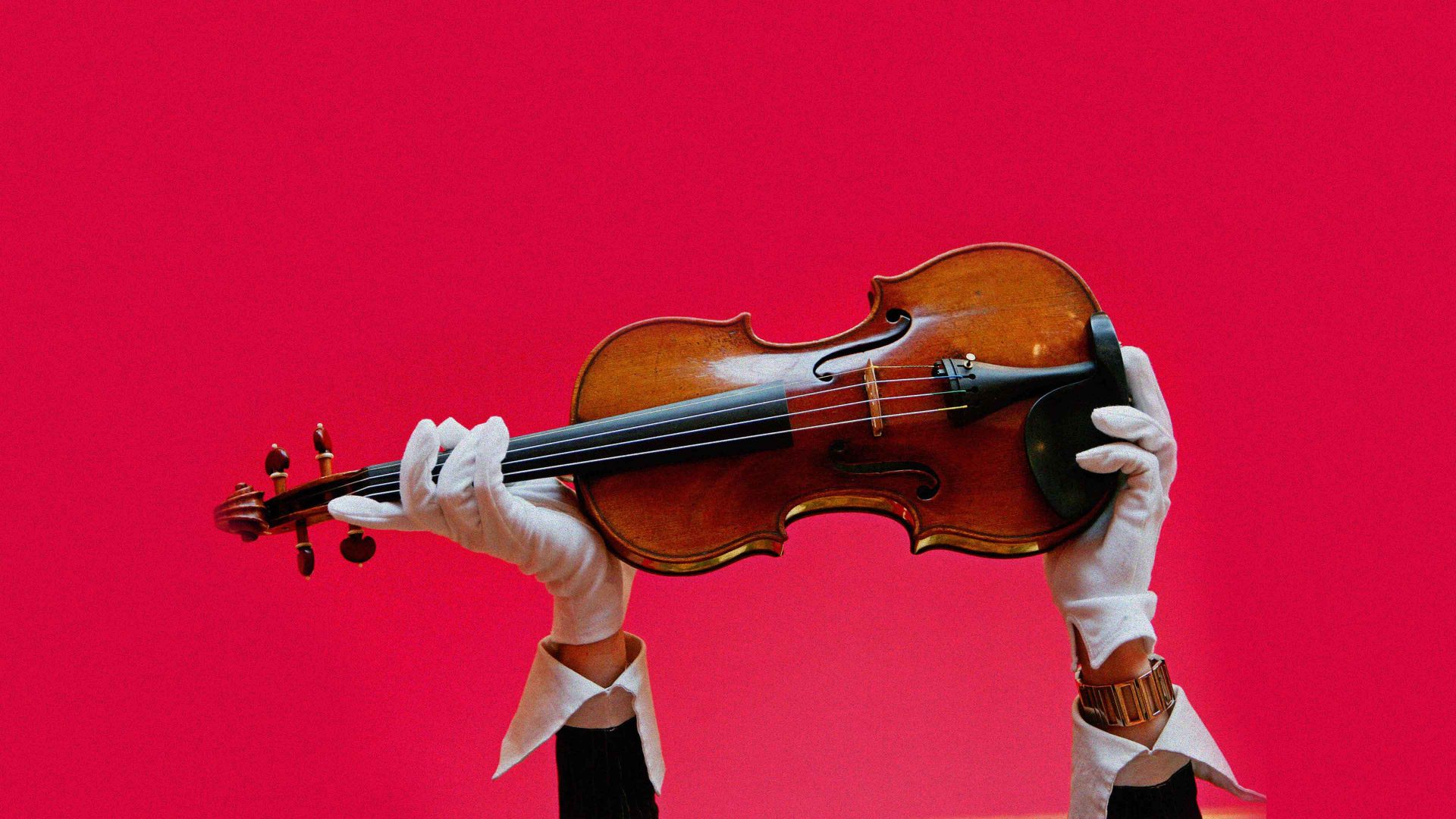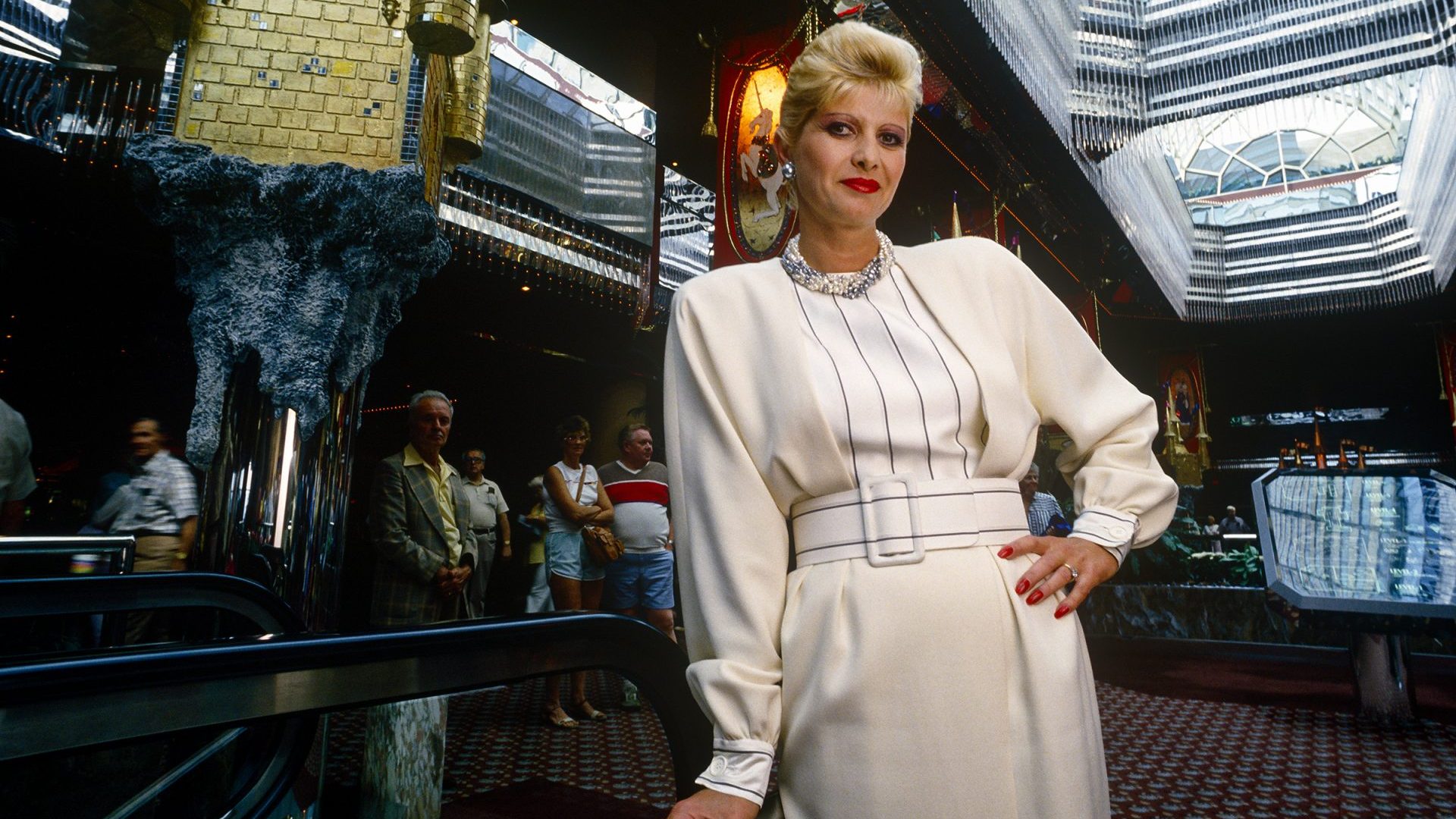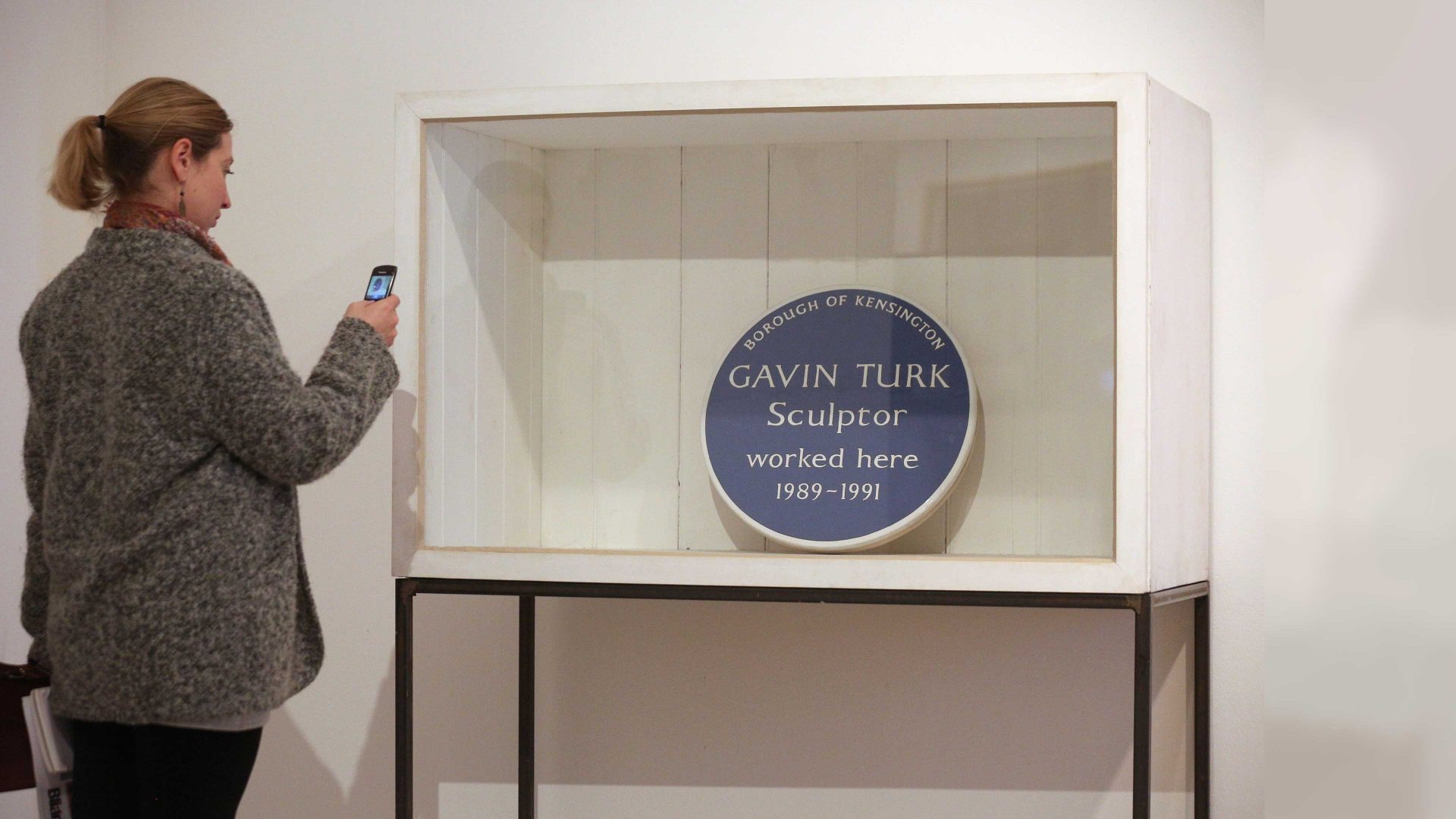We saw in a recent column that the most important bowed stringed instruments in a modern symphony orchestra are the violin, the viola, and the violoncello. Unlike the double bass, which is historically strictly speaking a member of the viol family, these three are all members of the violin family of musical instruments, something which is pleasingly reflected in the relative similarity of their English-language names, all involving viol-.
This linguistic symmetry does not occur in German, where a violin may be called a Geige rather than a Violine, and a viola is frequently known as a Bratsche. Unlike, say, Spanish violín and viola, these two German names can come as something of a surprise to English speakers, who are used to being able to understand the German names of musical instruments. The German-language names Flöte, Klarinette, Oboe, Piccolo and Trompete really need no translation for us; though admittedly that is not the case with German Fagott “bassoon”, which comes from an originally French word meaning “bundle of sticks” or Posaune “trombone”, which came from an Old French word for a trumpet.
English trombone, by the way, is an Italian augmentative version of tromba “trumpet” using the same -one suffix which, as we saw in a previous column, also occurs in minestrone.
The English word oboe came from French hautbois “high wood” – it is a high-pitched woodwind instrument – while piccolo is simply the Italian for “small”, signifying “small flute”. English trumpet is a diminutive of the ancient English word trump “trumpet”, while clarinet is a similarly diminutive version of clarine, originally another French word for trumpet and a variant of clarion.
The German word Bratsche “viola” has an interesting history. The name goes back, not to the violin family but to that other, older family of bowed stringed instruments, the viols. Viols differ from the violin-family instruments in having sloping shoulders like the double bass and, often, frets along the fingerboard, like a guitar.
The best-known member of the viol family was the beautifully sonorous instrument which was the forerunner of the cello, the viola da gamba. Gamba is the Italian word for “leg”, so this instrument was “a viol for the leg”; and it was indeed, like the modern cello, held upright by the player’s legs. It was thus contrasted linguistically in Italian with the viola da braccio the “viol for the arm”. The terms Viola da gamba and viola da braccio were often informally abbreviated by musicians to gamba and braccio respectively. And braccio, pronounced, approximately, “bratscho”, became the source of modern German Bratsche.
Geige is much more difficult to account for as a word meaning “violin”. German etymological dictionaries explain that it comes from Middle High (Medieval) German gige, which came from French gigue “jig” or perhaps from English “jig”. But what exactly the connection is between the name of the dance and the name of the instrument is not very clear at all.
Nor does anyone seem to be sure which came first, the name of the dance, or the name of the instrument which it was frequently played on, even if the first writer to use the word in print in English was, according to the Oxford English Dictionary, someone called William Shakespeare.
GAMBA
Italian gamba “leg” has the same origin as French jambe. These forms did not come directly from some Classical Latin word for “leg”, but from Late Latin gamba “horse’s hock”. We can suppose that this involved the same kind of vernacularisation process as gave us French tête “head”, from Roman soldiers’ slang testa “pot”.




